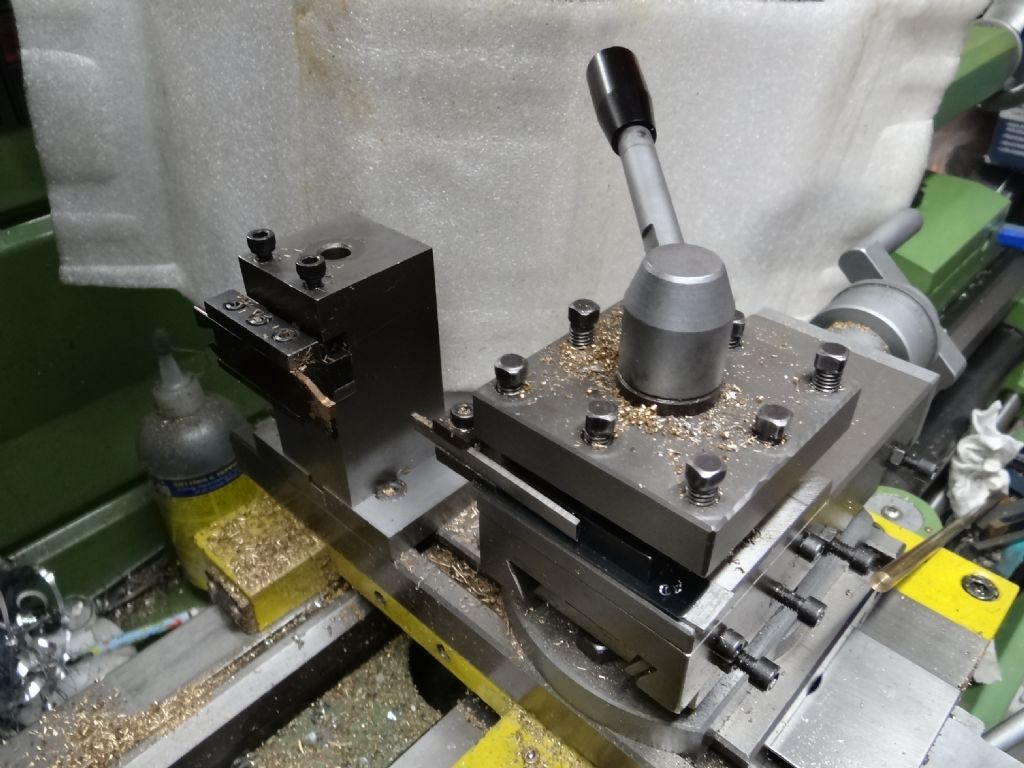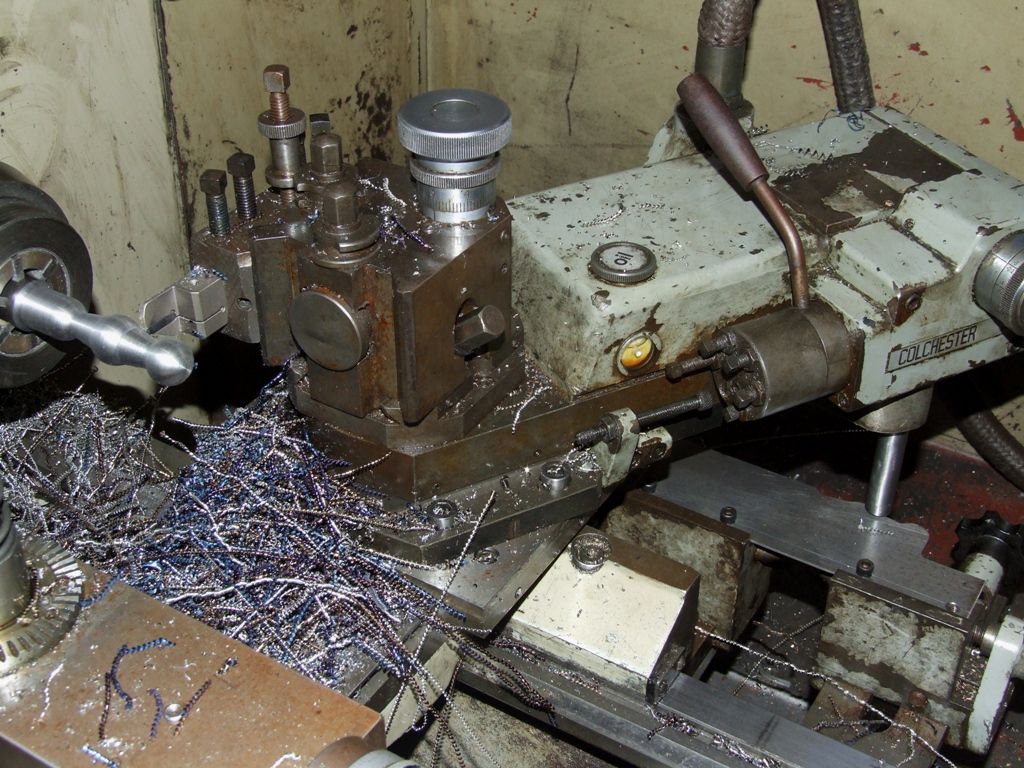Rear tool post vs front tool post
Rear tool post vs front tool post
- This topic has 48 replies, 30 voices, and was last updated 23 March 2023 at 17:52 by
old mart.
- Please log in to reply to this topic. Registering is free and easy using the links on the menu at the top of this page.
Latest Replies
Viewing 25 topics - 1 through 25 (of 25 total)
-
- Topic
- Voices
- Last Post
Viewing 25 topics - 1 through 25 (of 25 total)
Latest Issue
Newsletter Sign-up
Latest Replies
- VFD Article in May issue 351
- Gas Engine Needle Valve
- Power tapping on the sx2p??
- Clarify some plain bearing engineering principles please.
- Solar panel lighting problem
- Hello from Sussex
- What Did You Do Today 2025
- Motor to lead screw coupling method
- Stopping milling chips going everyehere
- Warco WM12 “flex”




.jpg)


